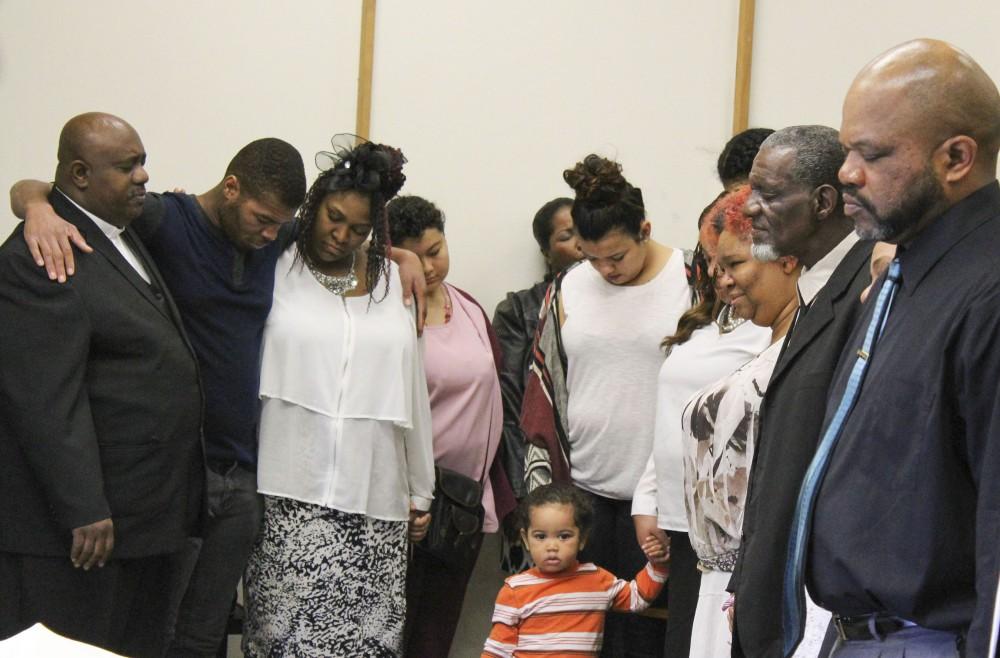During the trial of Travis and Nettie Reay, expert witness Linda Barnard, Ph.D, was called upon by Nettie’s defense team to testify that the abuse Nettie suffered at the hands of Travis had caused Nettie’s behavior–that she acted under duress during the murder of Angel Dixon.
Barnard, a licensed marriage and family therapist, has been working on similar cases since 1986, and runs a private practice in addition to working forensic cases. She estimated that she’s testified in approximately 400 cases, and provided assessments for 1200.
Barnard testified that Nettie suffered from what was then known as Battered Women’s Syndrome, now known as Intimate Partner Battering and it’s effects.
At the time, Nettie’s case was somewhat unique, said Barnard.
“Much of the time, when we talk about intimate partner battering in homicide cases it’s because a battered woman has killed her abuser, or one of her children has killed the abuser because of a history of abuse, so that’s the more traditional way that it’s used. Cases like this, where a third party is killed … they’re not the most common.”
Barnard equated the duress Nettie felt after years of abuse as the same duress one would feel if a gun was being held to their head.
“What we know from years of looking at IPB, is that women who are in those situations feel like they don’t have any control, they don’t have any choices. If they try to leave they’re horribly abused, if they stay they’re horribly abused, if they do what he says they’re abused, if they don’t do what he says they’re abused,” said Barnard. “It’s a catch 22 all the way around. So you’re as entrapped in that situation as you are having a gun to your head.”
Despite Barnard’s testimony, Nettie was sentenced to 15-years-to-life at the women’s correctional facility in Chowchilla, Calif.
Duress, in this instance caused by Intimate Partner Battering, is not allowed to be used as a defense for murder.
Barnard feels that this restriction on defense cases is shortsighted.
“That never made sense to me, because duress is duress,” Barnard said. “If you’re under duress and commit a crime, the duress is the same whether you’re involved in a bank robbery or whether somebody’s committing murder. She didn’t do it. She didn’t kill her.”






